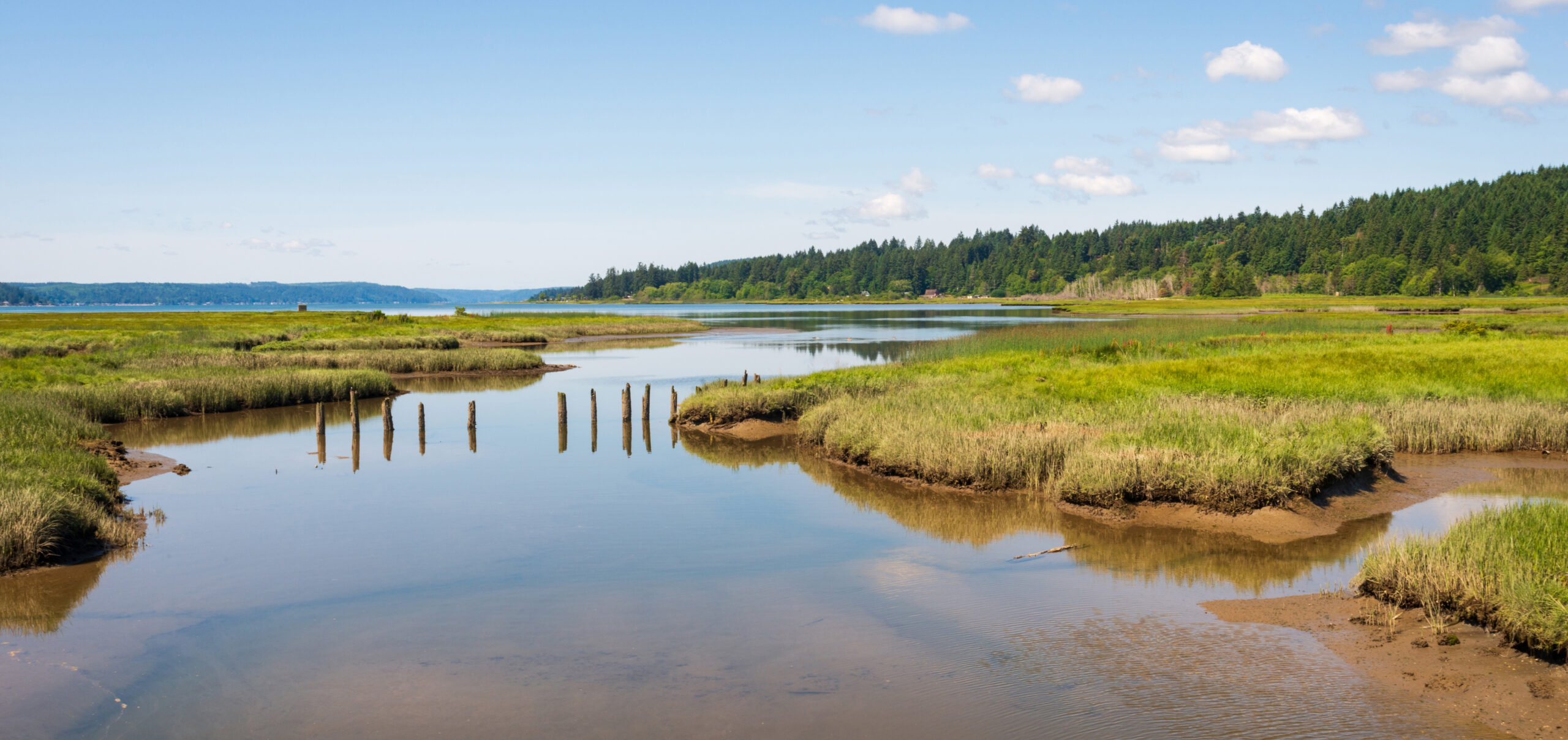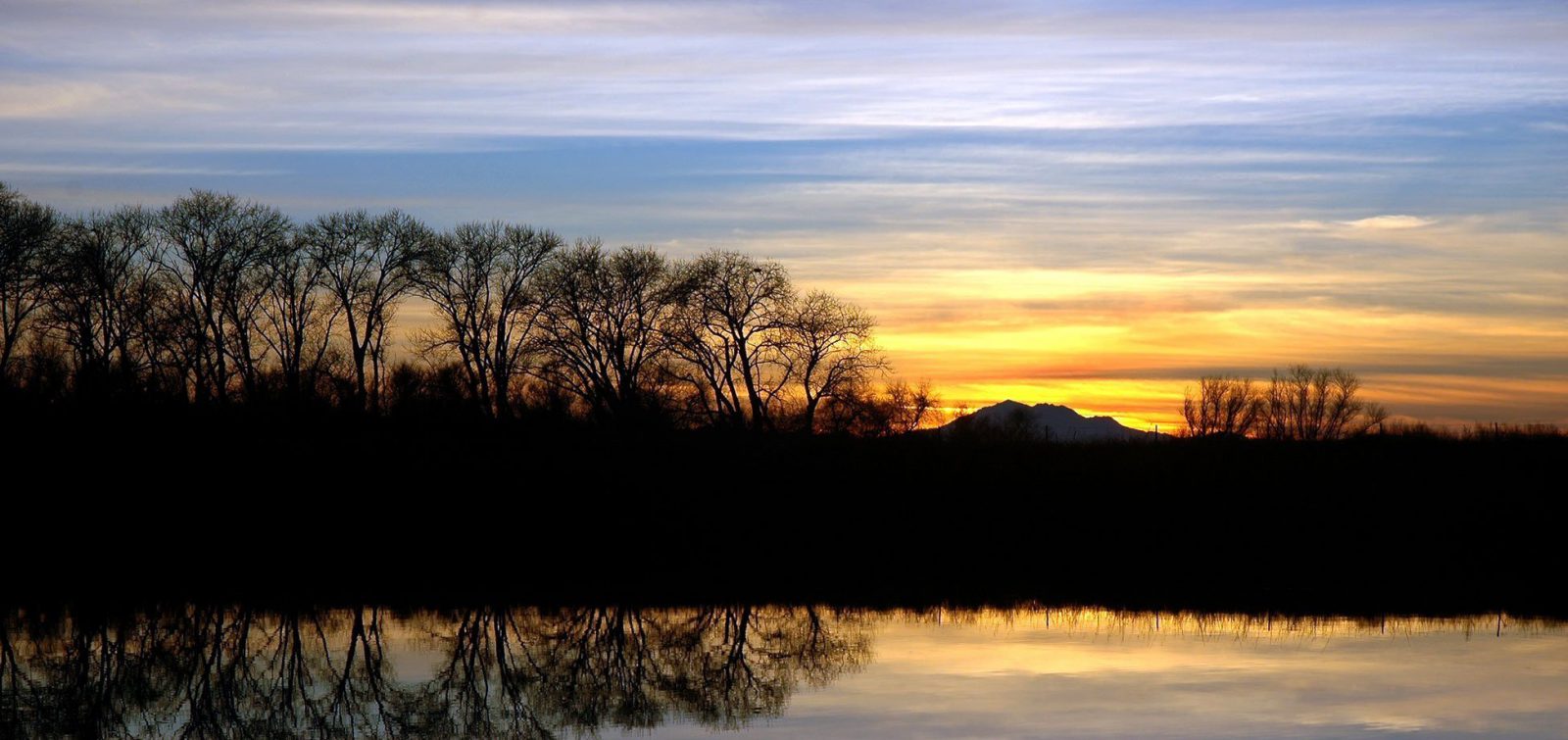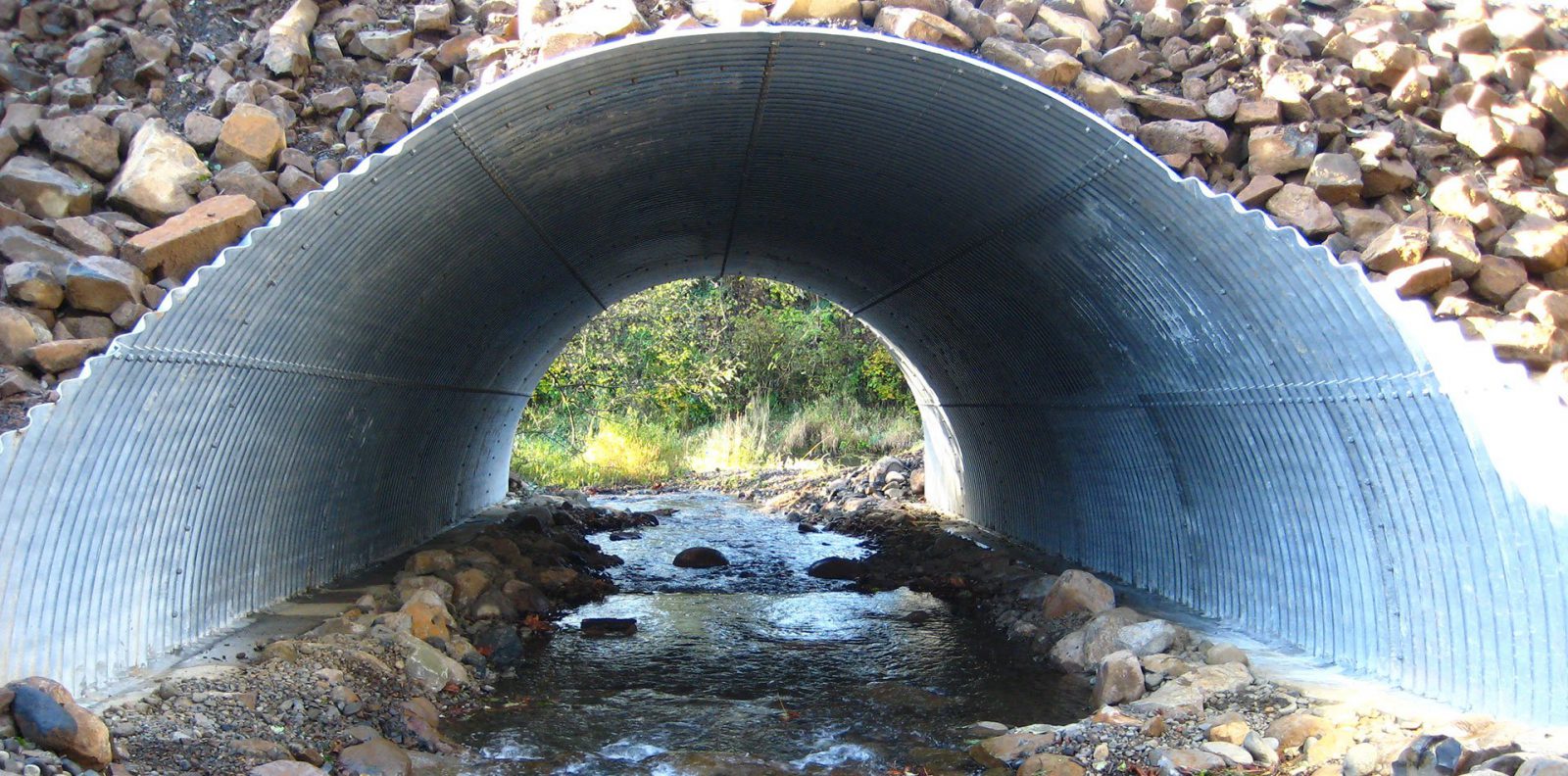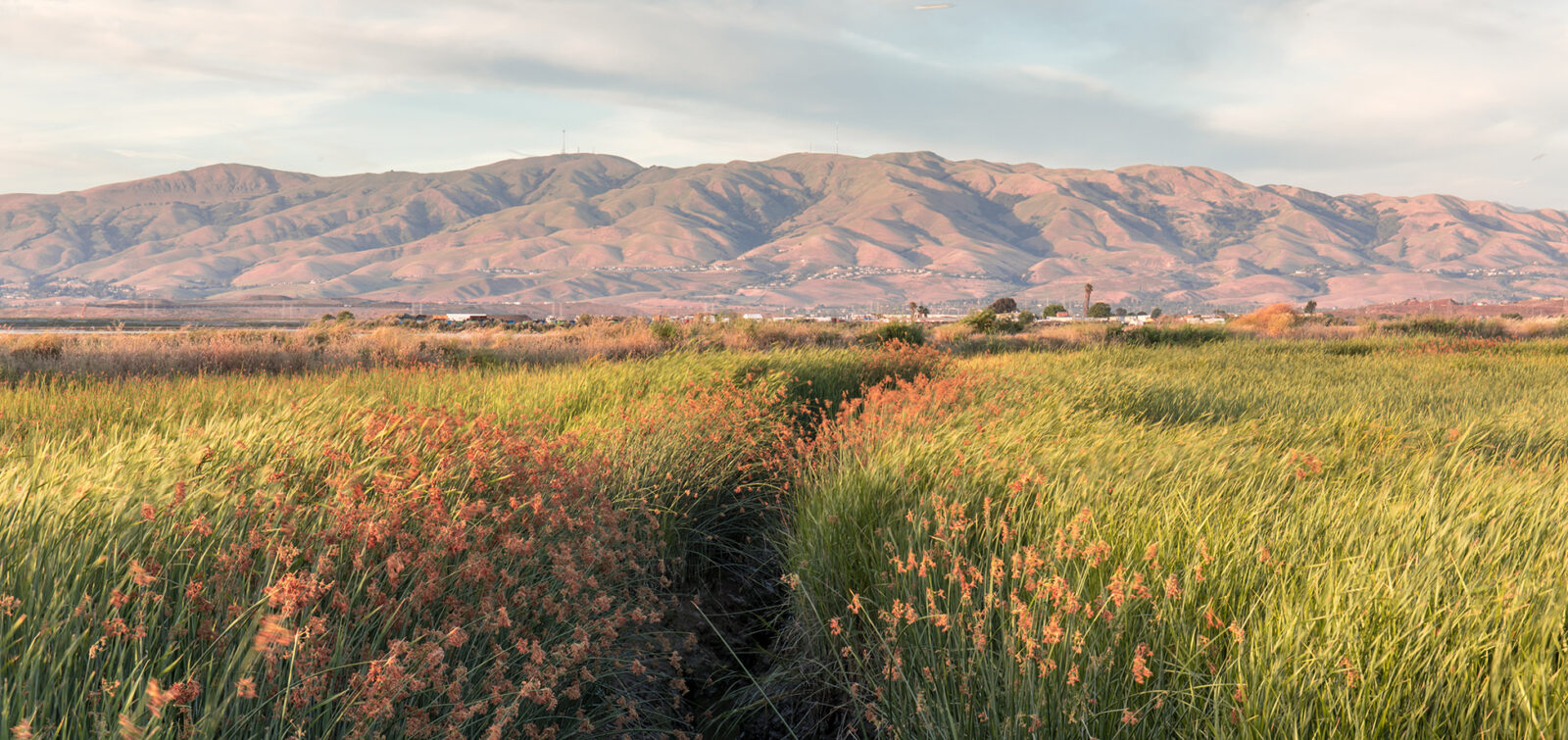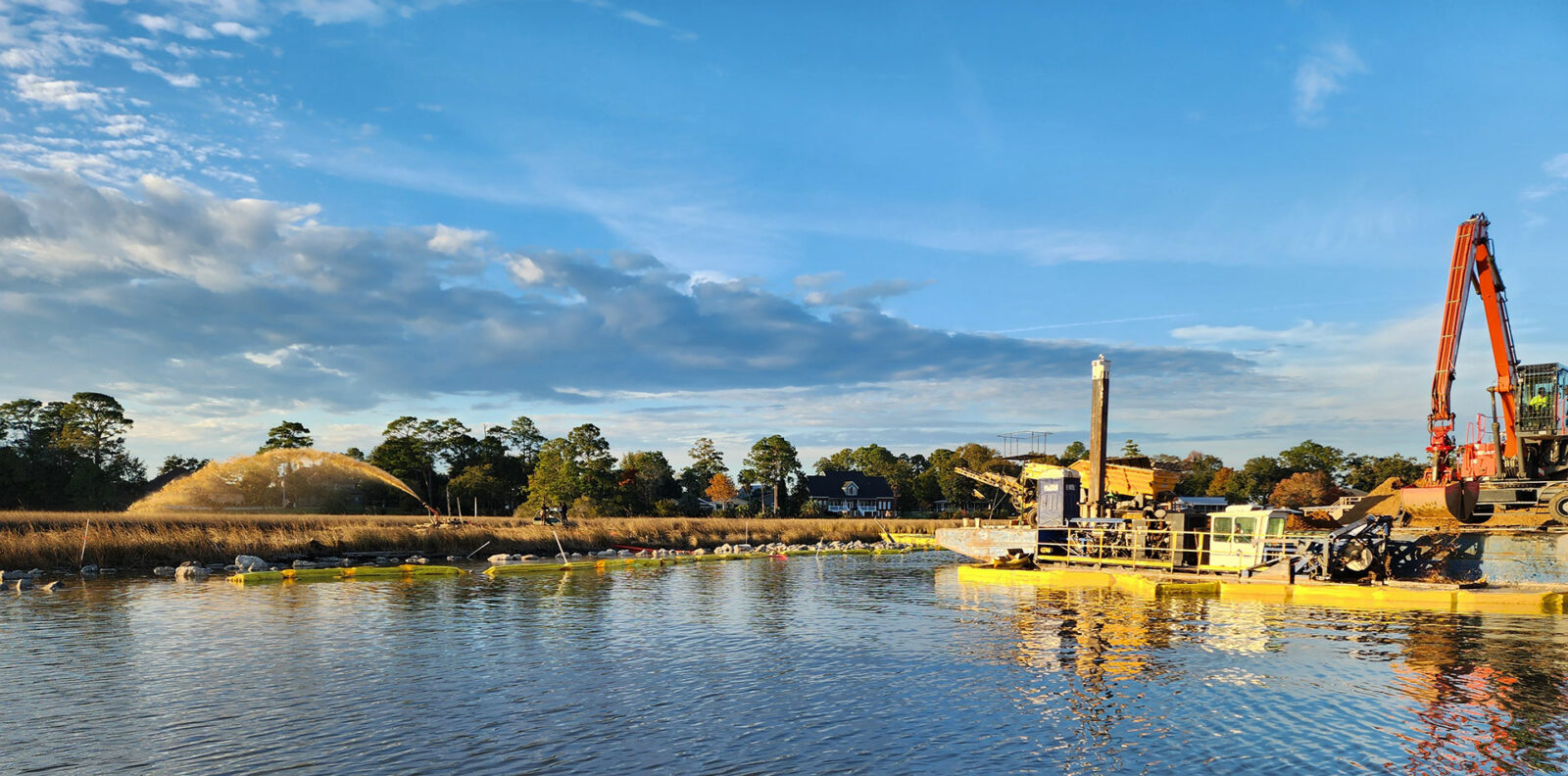The current Nationwide Permits will expire in March 2026. The following distillation from our permitting experts shares some of the proposed changes from the U.S. Army Corps of Engineers.
The U.S. Army Corps of Engineers (Corps) has proposed to renew and revise 56 of the 57 existing Nationwide Permits (NWPs) for work in wetlands and other waters that are regulated by Section 404 of the Clean Water Act and/or Section 10 of the Rivers and Harbors Act of 1899. In addition, the Corps is proposing not to reissue one NWP authorizing activities associated with fish aquaculture (NWP 56). One new NWP is proposed for activities to facilitate fish passage (NWP A).
The Purpose of Nationwide Permits
Under Section 404(e) of the Clean Water Act, the Corps can issue general permits to authorize discharges of dredged or fill material into waters of the United States that would result in minimal adverse environmental effects. General permits can be issued for a period of no more than 5 years. The NWPs authorize tens of thousands of fill activities per year for a wide variety of purposes, such as mooring buoys, residential developments, utility lines, road crossings, mining activities, wetland and stream restoration, aquaculture activities, and many more. The most recent set of NWPs issued in 2021 are set to expire in March of 2026, so to continue the NWP Program, the Corps must issue new NWPs. The new proposed NWPs were published for public comment in the federal register on June 18, 2025. While the Corps may revise them further in response to comments or additional direction from the President, they are expected to be finalized largely as proposed by March 2026.
Key Changes to Watch
There’s a lot to unpack in the latest NWP changes. Here are the changes most likely to affect projects that we support. If you already have an NWP but haven’t completed the project, we have some guidance for you in this previous blog post.
NWP 27 – Aquatic Ecosystem Restoration, Enhancement, and Establishment Activities
The Corps has proposed a series of changes to make this NWP more efficient, more effective, and less costly for qualified voluntary aquatic ecosystem restoration activities by adding additional flexibility and removing some process requirements. In combination, these changes are part of a growing movement to reduce so-called “green tape” and make restoration of aquatic resources more achievable than it has been in the past. Click the headings below to read through the most important changes:
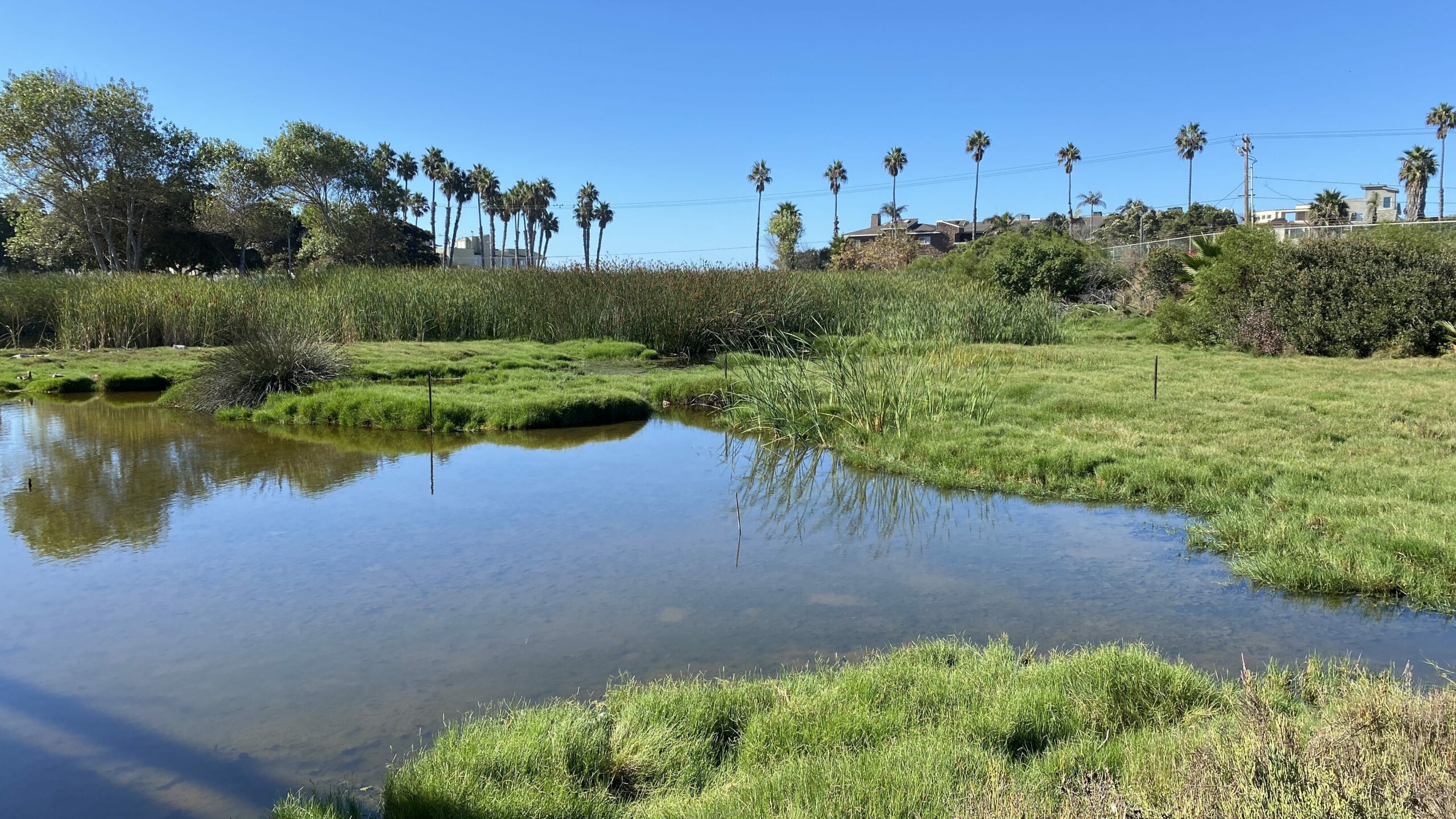
Modifying the Definition of Ecological Reference
In 2017, the Corps added a paragraph to NWP 27 requiring that authorized aquatic habitat restoration should produce aquatic habitat that resembles an ecological reference.
The current (2021) NWP language states that an ecological reference may be based on the characteristics of intact aquatic resources of the same type that exist in the region. The proposed new language for 2026 broadens the definition of an ecological reference to the following: “Ecological references may be based on the characteristics of aquatic ecosystems or riparian areas that currently exist in the region, or that existed in the region in the past. Ecological references include cultural ecosystems… that have developed under the joint influence of natural processes and human activities, specifically ecosystem management activities such as fire stewardship and/or management by indigenous and local Societies.”
The changes in this key definition are important because ecological references are often used to help establish realistic and achievable goals and objectives for aquatic ecosystem restoration. These changes will offer new options for gauging restoration success, but will also present new challenges and room for interpretation in implementation. What is an appropriate past point in time? Which human influences are relevant and which are not? When and how should indigenous and local ecological knowledge (cultural ecosystems) be incorporated?
Removing the Prohibition Against Conversions of Non-Tidal Aquatic Resources
The Corps is proposing to remove a sentence that specifies that NWP 27 does not authorize the conversion of a stream or natural wetland to another aquatic type. By removing this sentence, the Corps is clarifying that this NWP authorizes the restoration of river-wetland corridors even though the natural dynamics of these corridors generally result in changes to stream channels, wetlands, riparian areas, and floodplains over time because of natural processes. By making this change, the Corps will provide more flexibility to restoration practitioners who often need to include beneficial conversions from one freshwater aquatic resource type to another.
Of note, the Corps has not yet extended this flexibility to tidal systems. Tidal restorations often need to convert some tidal wetlands to unvegetated tidal waters in order to create new tidal channels that will restore or enhance tidal action in a brackish marsh or an existing tidal marsh. Under the current and proposed NWPs, these types of restoration activities would still require authorization through the more onerous individual permit processes.
Streamlining the NWP 27 Process
Requiring Reports Instead of Pre-Construction Notifications: The Corps is proposing to remove the pre-construction notification thresholds for NWP 27 except in certain circumstances (e.g., due to the presence of endangered species or cultural resources, or regional conditions requiring pre-construction notification) and in their place require project proponents to submit a report. The Corps would then have 30 days to review the report. Unless the Corps notifies the project proponent that the proposed activities do not qualify for NWP 27 within 30 days, the restoration project may proceed. This change is a good thing for restoration practitioners because it removes the costly and time-consuming step of preparing a more detailed pre-construction notification and the subsequent review by the Corps, which may take more than 60 days and must be completed before commencing project work.
Removing the Requirement for Formal Aquatic Delineations: Similarly, under the proposed NWP 27 language, in cases where a pre-construction notification is required, a map of aquatic resources will be sufficient rather than a formal aquatic resources delineation report. This reduces the cost associated with defining the precise boundaries of aquatic resources for restoration projects.
NWP 13 – Bank Stabilization
This update will encourage the use of nature-based solutions associated with bank stabilization activities, including those in conjunction with seawalls, bulkheads, and revetments.
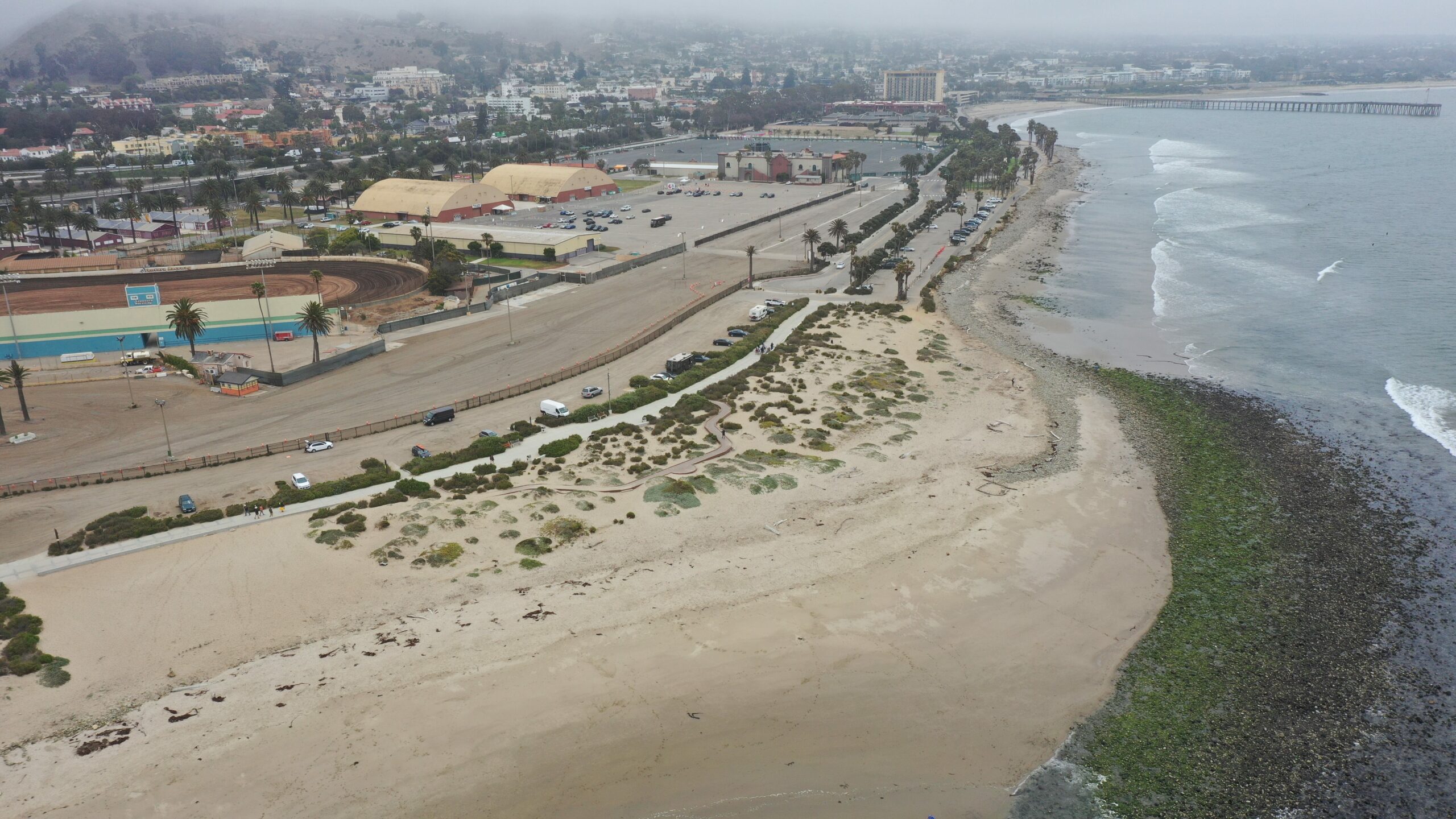
Examples include:
- Seawalls and bulkheads can be constructed using materials with textured surfaces such as crevices, depressions, pits, grooves, or gaps to provide structural complexity and microhabitats.
- Seawalls can incorporate water-retaining features such as rock or tidal pools, “flower pots,’’ benches, and large or small ledges.
- Pieces of large wood, bags of mollusks, and small reef structures may be placed next to seawalls, bulkheads, and revetments.
NEW NWP A – Activities to Improve Passage of Fish and Other Aquatic Organisms
This proposed NWP includes a number of potential activities, including nature-based solutions, to improve connectivity for fish and other aquatic organisms. Activities may include placement of boulders, cobbles, large wood, and other materials to construct a nature-like fishway or a conventional fishway, or replace a culvert.
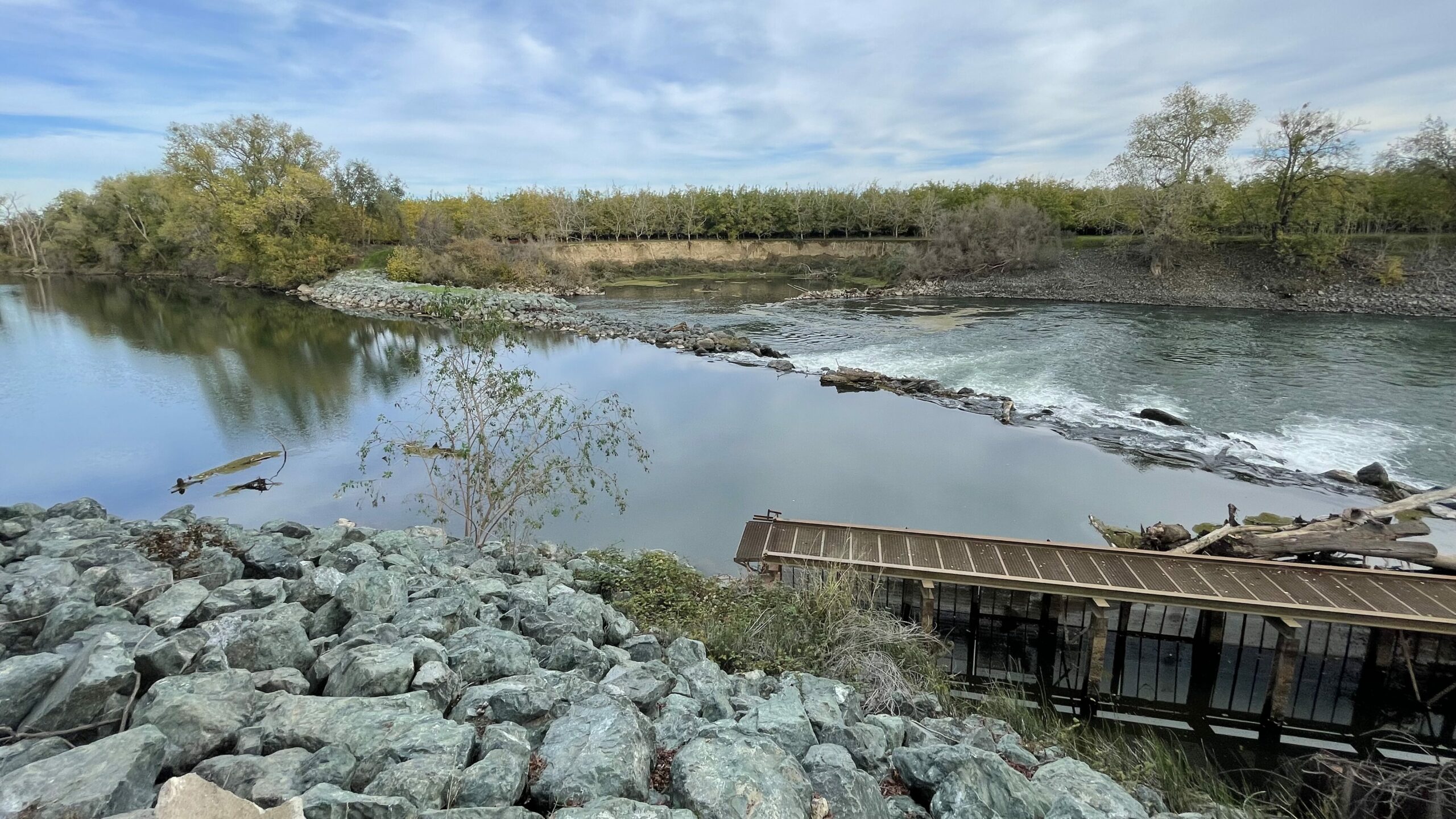
The Corps is proposing a 1-acre limit for this NWP. This limit is smaller than for NWP 27, which has no acreage limit, but it’s still larger than for most NWPs. Activities resulting in the loss of greater than 0.1 acre of waters of the United States will require a pre-construction notification. Compensatory mitigation may also be generated by the removal of culverts and other obstructions to fish passage.
Important Considerations, Conditions, and Updates to Come
Regional Conditions
In addition to the NWPs themselves, each Corps region and/or district often issues Regional Conditions that apply to selected NWPs. We recommend that you familiarize yourself with these to determine if they apply to your project. The new proposed regional conditions by district can be found here.
Section 401 Water Quality Certification
NWP General Condition 25 requires applicants for federal permits and licenses that may result in discharges into waters of the United States to obtain a water quality certification assuring that the discharge will comply with applicable provisions of the Clean Water Act. Where no state agency or Tribe has the authority to give such certification, EPA is the certifying authority. Many states often pre-certify some NWPs to help expedite the NWP process. Check with your state’s water quality agency to find out if they have pre-certified any NWPs.
Other Proposals to Update the NWP Program
At the recent July 2025 Environmental Permitting Summer School held in Florida, Acting Assistant Secretary of the Army, Mr. Lee Forsgren, stated that additional NWPs may be proposed in the spring of 2026 to help expedite economic activity.
In addition to agency-driven changes, Congress has gotten involved as well. Among a slew of bills working their way through Congress that aim to promote efficiency in environmental permitting, these two would substantially change the NWP Program:
The Promoting Efficient Review for Modern Infrastructure Today (PERMIT) Act (H.R. 3898)
This bill would codify longstanding waters of the United States exclusions for water treatment systems, ephemeral features, groundwater, and prior converted cropland. This wouldn’t be a substantial change from current practice; however, this bill would also exclude ‘‘any other features determined to be excluded by the [EPA] Administrator or the Secretary of the Army, acting through the Chief of Engineers.’’While it’s not clear how this would work, it would be the first time the agencies would have the authority to remove categories of aquatic resources from the definition of waters of the United States rather than Congress doing so through legislation.
The Nationwide Permitting Improvement Act (H.R. 3927)
This bill would:
- Extend the maximum period of reissuance for general permit holders from 5 to 10 years (reducing regulatory churn)
- Raise the limit for minimal waters of the United States impacts (generally 0.5 acre for many NWPs) to 3 acres (similar to NWP 26, which could authorize up to 10 acres of waters of the United States impacts from 1986 to 2003)
- Clarify that when reissuing the NWPs, only the Clean Water Act Section 404 authority (dredge and fill material discharges) are to be considered—no federal Endangered Species Act consultation would occur with the U.S. Fish and Wildlife Service.
This level of change to the NWP Program hasn’t been seen since 2001. Stay tuned as ESA continues to track how this important program evolves. If you have any questions about NWPs, contact Dan Swenson, who served as a regulatory specialist with the Corps for 20 years before joining ESA.
